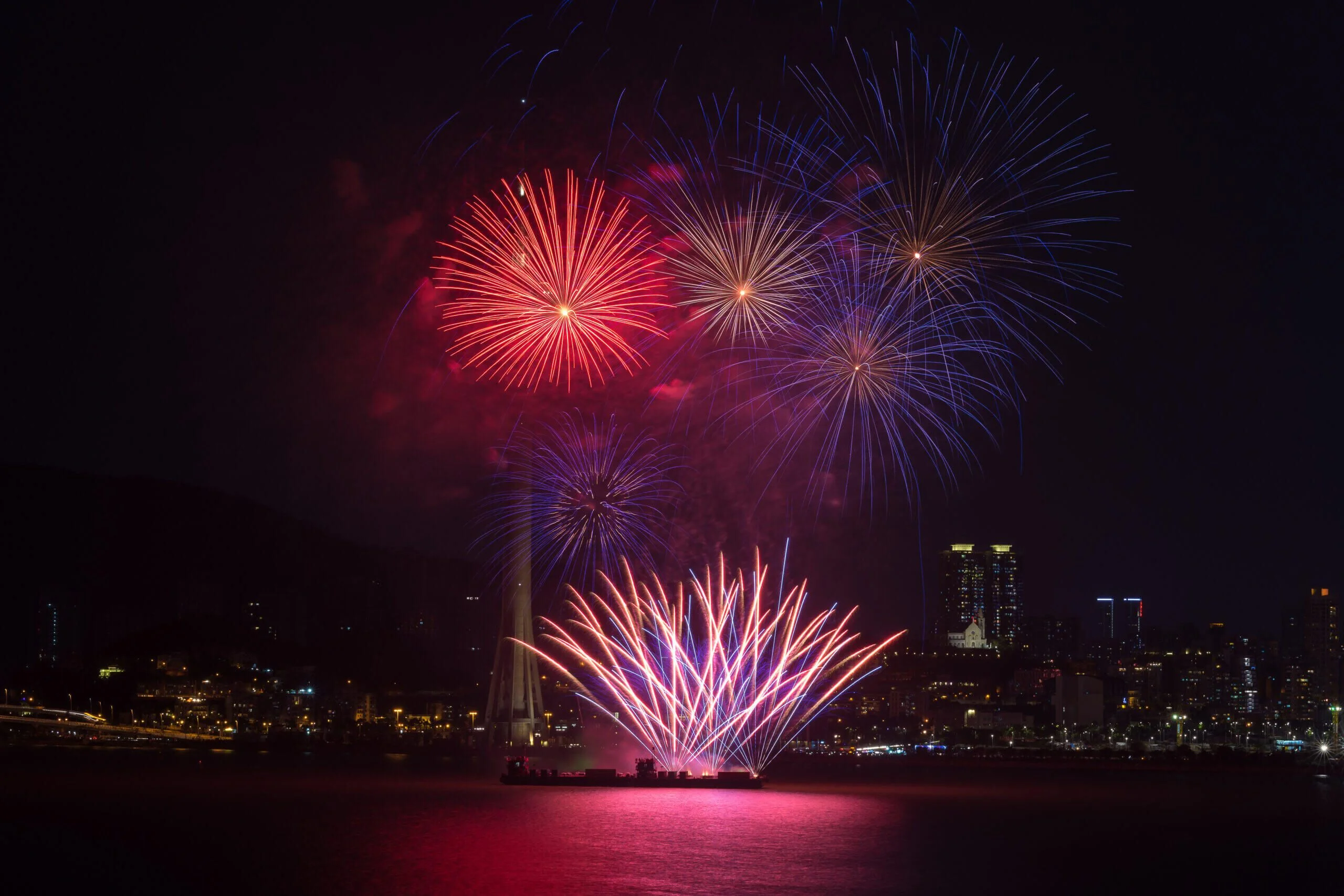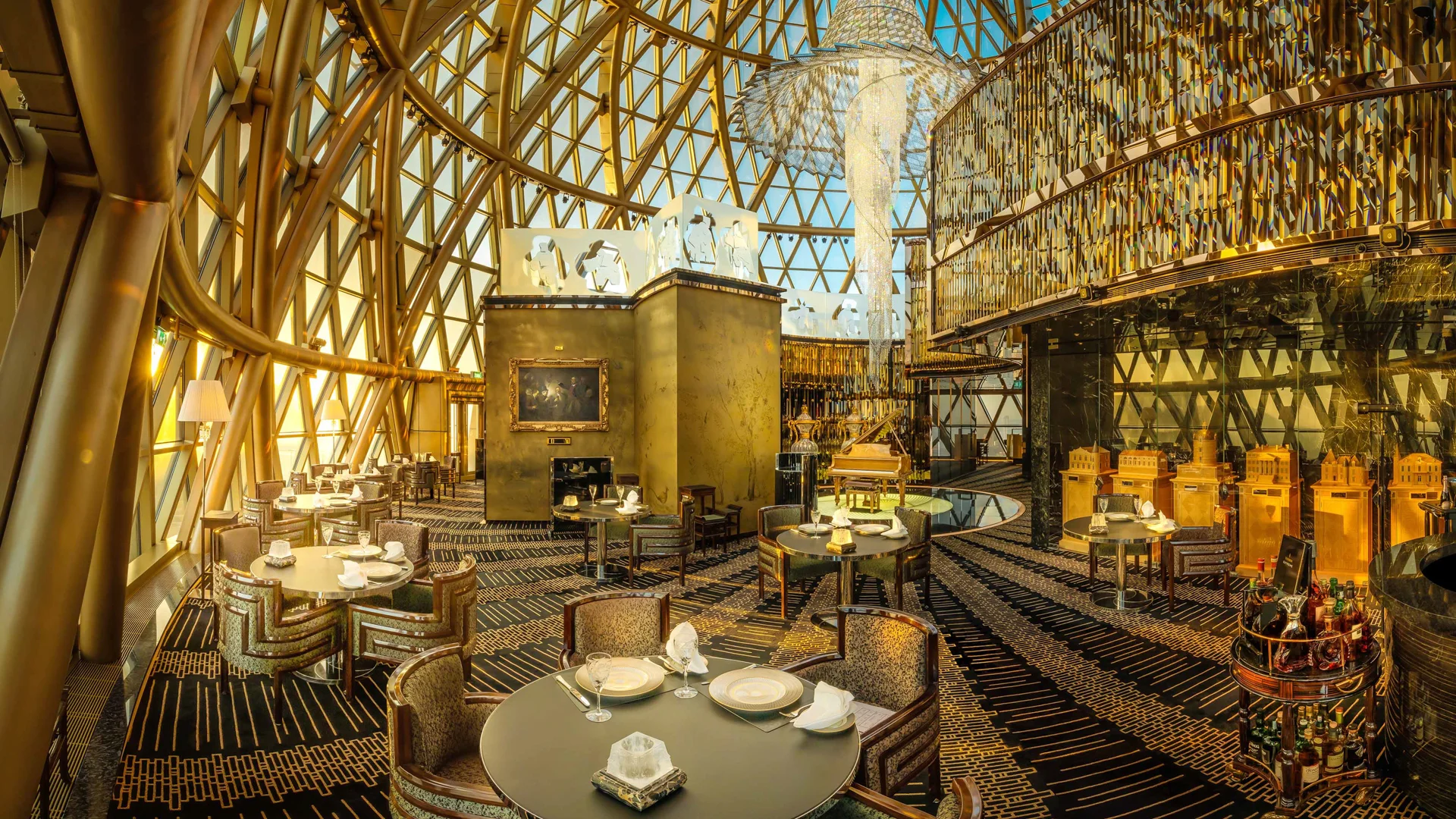With diversification and investments in non-gaming sectors
in the works, Macao is in full swing as a world-class
destination that has something for every traveller.
This glittering gem in the Pearl River Delta has long held a reputation as a world-class leisure destination, drawing thrill seekers and food connoisseurs, as well as travellers seeking local experiences rooted in culture and history—while pampering themselves with luxury accommodation and indulgences. Even architecture aficionados will find something for them in Macao, increasingly a centre for forward-thinking urban design and engineering.
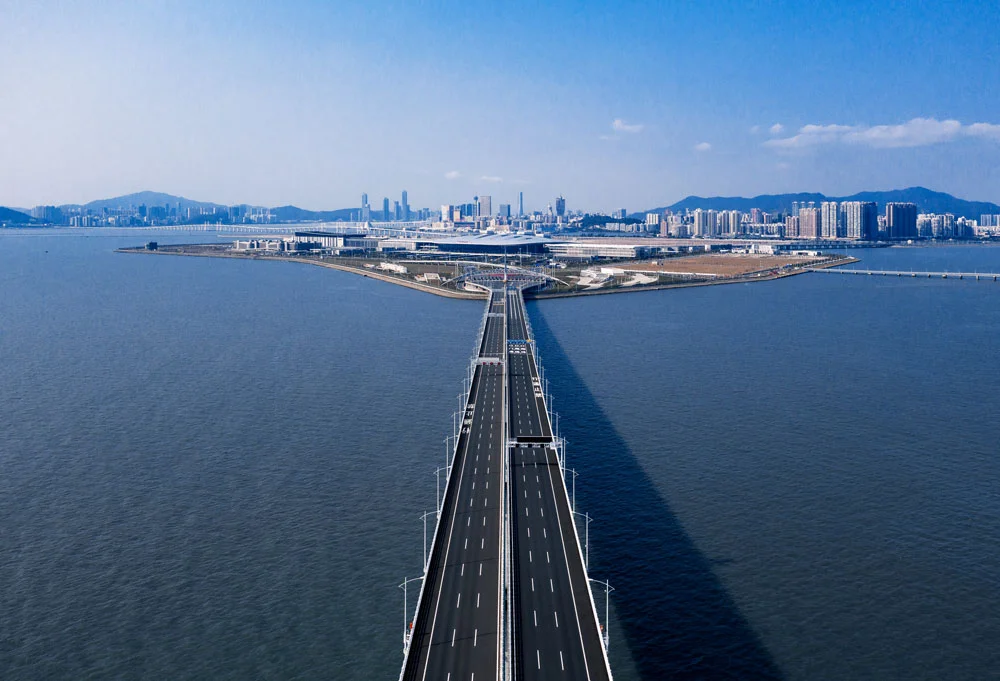
A new, functional way of travel
The Greater Bay Area, of which Macao is front and centre, is the world’s largest built environment. And the region has never been more interconnected than now, thanks to the opening of the Hong Kong-Zhuhai-Macao Bridge (HZMB) in 2018.
Covering a distance of 55km, it is the longest fixed sea crossing in the world, built on the promise of improving the fluidity of travel within the region. Connecting three major cities, the bridge has opened up the flow of goods and eased movement for people around the Pearl River Delta megalopolis. Not only does the HZMB represent the GBA’s “one-hour living circle” future—one that envisions a connectivity and accessibility that facilitates people travelling and working seamlessly between the region’s cities—it also embodies the kind of forward-thinking infrastructure projects that are taking place in and around Macao.
Departures take place 24 hours a day from HZMB Hong Kong Port; soon after setting off on the new Hong Kong Link Road, vehicles—usually fleets of coaches, and private cars with permits—cross a 9.4km-long viaduct tracing an elegant curve over the channels connecting Tung Chung Bay and the South China Sea, before dipping underwater. In a project full of superlatives, HZMB’s tunnel is also the world’s current longest immersed sea tunnel, built to avoid interrupting busy shipping routes in the Pearl River Estuary and minimise impact to marine life.
“
”
Now for the highlight: three cable-stayed bridges—the kind with steel cables radiating like ribs of a fan from a series of towers (in this case designed to look like sails). Together, the bridges cross an astonishingly vast 22km of open water. On top of the other design feats, this is another triumph of modern engineering: it’s built to withstand the powerful typhoons and earthquakes that famously trouble the region.
A city of 21st-century design
The HZMB is a fitting introduction to a destination that has been reshaping its image through cutting-edge design.
Take the Grand Lisboa Hotel as an example. When it first arrived on the scene, the hotel, with its reflective dome and gold tower, and an exterior that illuminates at night, injected vitality into the cityscape. Inspired by the shape of a lotus flower, the city’s floral emblem, the risks taken in design and structure reflected the modern ambitions of Macao reaching for the sky—quite literally. The hotel is one of tallest buildings in the city, and has now become an instantly recognisable landmark globally.
Then there is the Morpheus Hotel. Opened in 2018, the hotel, designed by legendary Zaha Hadid Architects, is hailed as the world’s first free-form exoskeleton-bound high-rise architectural composition, meaning the exterior structure needs no assistance in the form of pillars or interior walls. Freed from the need for structural supports, the 40-storey building—made with enough glass to frame 120,000 Mona Lisas, and four Eiffel Towers’ worth of steel—becomes sculptural in design to an unprecedented degree.
Another spectacularly-designed integrated resort is
the MGM Cotai. A recent arrival to the Cotai Strip,
where most of Macao’s hotels and clubs converge, it
has already earned a long list of awards, including
the international Emporis Skyscraper Award. The
building itself is made up of nine stacked jewel boxes
in precious-metal shades of gold, silver and platinum,
but the MGM Cotai is more than just razzle dazzle. The
property has serious environmental chops as the first
resort in Macao to earn China’s top green-building
certification.
Moving on to the central
atrium space of MGM Cotai, Spectacle is another feat
of engineering. With a glass canopy the size of 30
tennis courts, it is officially the world’s largest
free-span gridshell glazed roof.
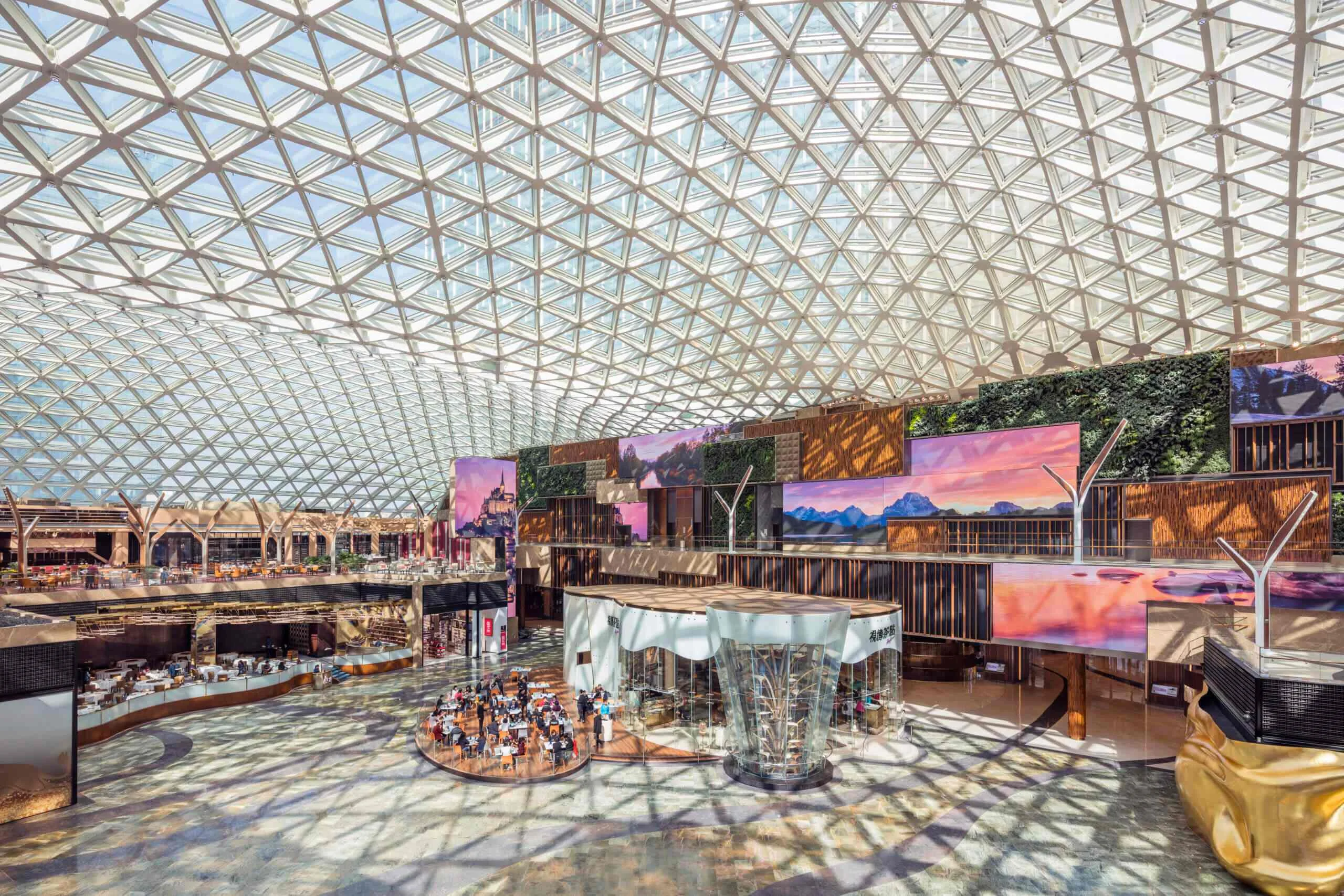
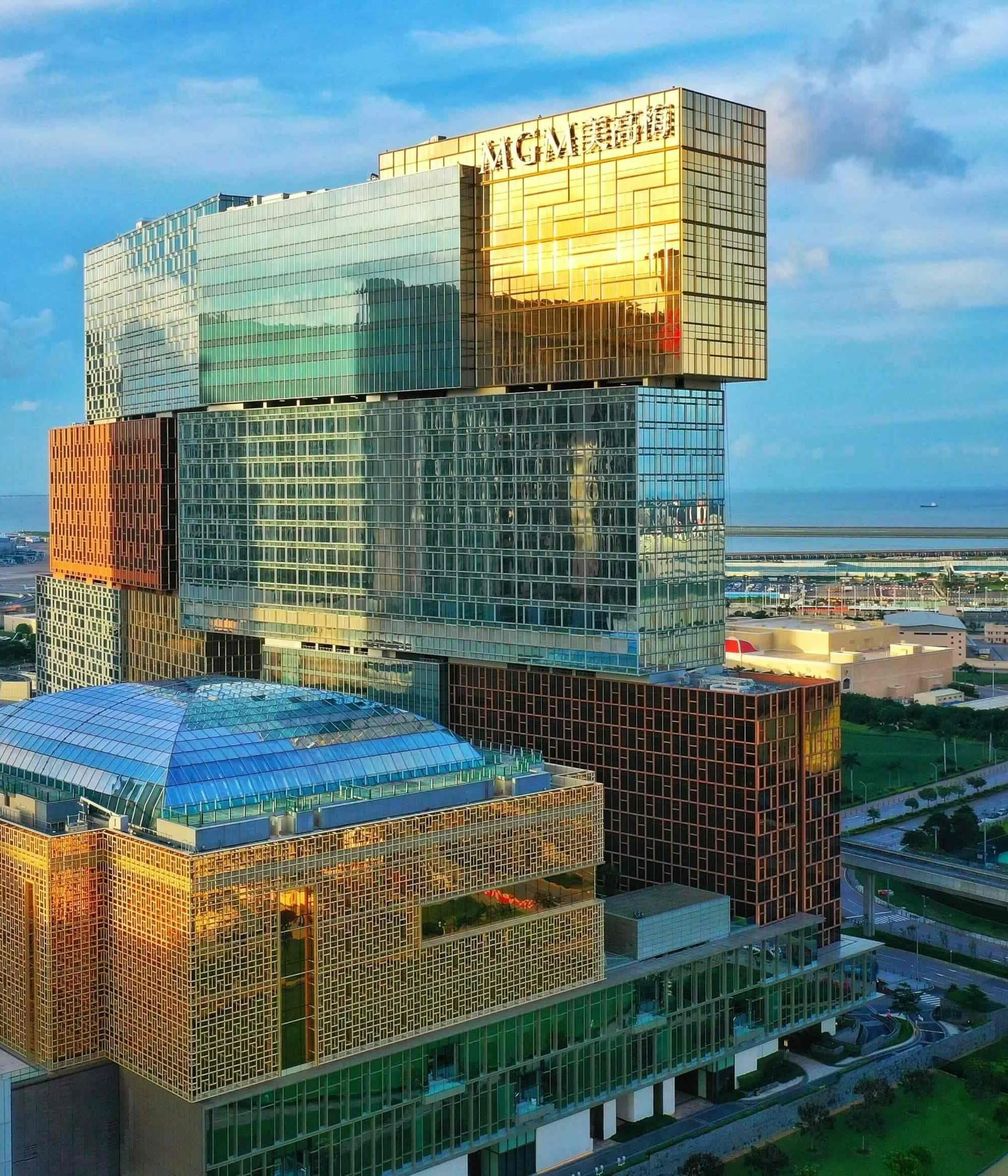
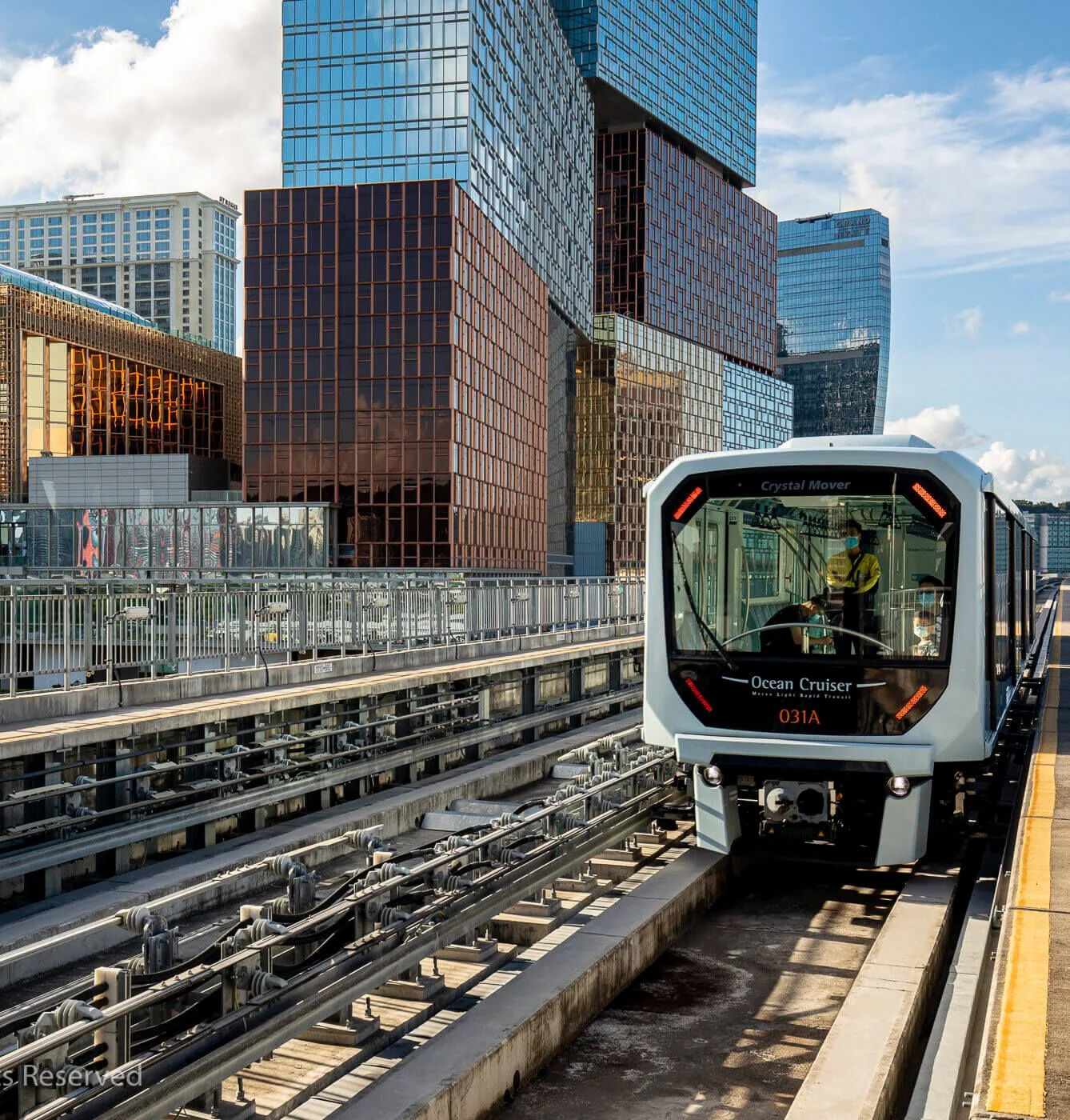
Heralding a new chapter
Spectacle also doubles as the world’s largest digital art space, where a mosaic of LED screens create a truly immersive sensory experience—just one of the spectacular cultural offerings that can be found in Macao.
The former Portuguese trading post is home to a number of UNESCO World Heritage sites and hosts traditional festivals throughout the year. Together they tell the story of Macao, from its Chinese origins through its more than four centuries as a key node in a globe-spanning trade network. It’s a legacy that shines through in the city’s architecture and multicultural cuisine. Given its latest exciting developments, this all points to an exciting future ahead—one that’s only just getting started.




